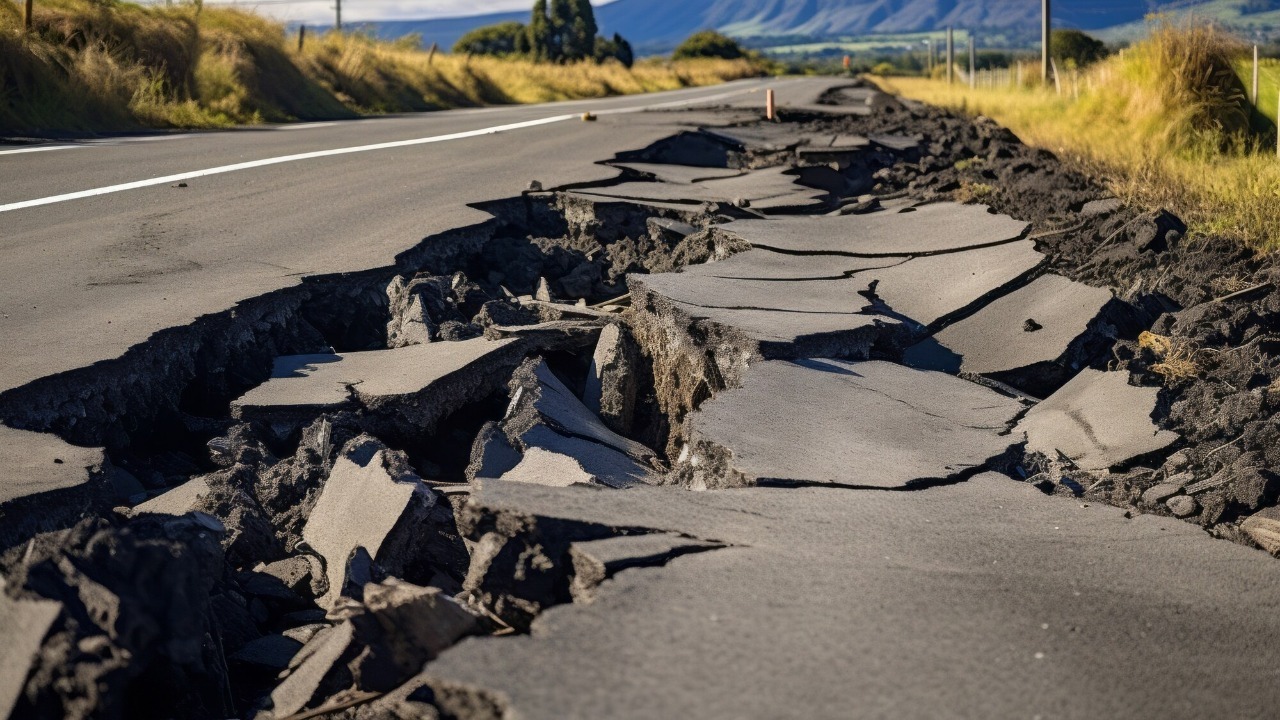
Recent advancements in seismology have shed light on the enigmatic triggers behind ‘impossible’ earthquakes, seismic events that occur in regions not typically associated with tectonic activity. These findings build upon earlier research into the Earth’s mysterious hum, a low-frequency vibration detected globally, and the recent discovery of a hidden layer beyond the inner core, suggesting profound internal structures that could rewrite our understanding of planetary history and explain these anomalous quakes.
Defining Impossible Earthquakes
Impossible earthquakes, as they are colloquially known, are seismic events that occur in stable continental interiors, far from the boundaries of tectonic plates. These quakes defy traditional models of seismic activity, which primarily focus on tectonic shifts along fault lines. Their unpredictability and rarity have made them a subject of intense scientific interest.
Despite their unusual locations, these earthquakes can reach magnitudes comparable to those of typical fault-line quakes. This is particularly intriguing as they lack the obvious tectonic triggers associated with most seismic events. The recent scientific announcement on November 5, 2025, has begun to unravel the mystery behind these elusive phenomena, providing new insights into their secret triggers.
Historical Context of Seismic Mysteries
The study of unusual seismic signals has a rich history. One such signal is the Earth’s mysterious hum, a persistent global vibration first widely studied around December 8, 2017. This low-frequency hum, detectable across the globe, has been a subject of intrigue and speculation among scientists.
Research conducted prior to 2025 linked these deep Earth resonances to sporadic earthquakes, setting the stage for the recent breakthroughs in understanding impossible earthquakes. The evolution from hum studies to broader inquiries into non-tectonic seismic activity represents a significant shift in the field of seismology.
Deep Earth Structures as Triggers
On September 15, 2025, scientists confirmed the existence of a hidden layer beyond the inner core of the Earth. This discovery has the potential to rewrite the history of our planet, suggesting a far more complex internal structure than previously believed.
This innermost layer could generate pressure waves leading to surface-level impossible earthquakes. Variations in the layer’s density could potentially release energy in a manner similar to tectonic shifts, providing a plausible explanation for these unusual seismic events.
Role of the Earth’s Hum in Seismic Activity
Insights gained on December 8, 2017, into the Earth’s mysterious hum suggest that this low-frequency signal could play a role in triggering earthquakes. Monitoring techniques have revealed interactions between the hum and weaknesses in the Earth’s crust, providing a possible link to the initiation of impossible earthquakes in unexpected locations.
The hum-induced vibrations could potentially amplify the triggers for these quakes, leading to seismic events in regions not typically associated with tectonic activity. This understanding of the Earth’s hum and its potential role in seismic activity represents a significant advancement in our understanding of impossible earthquakes.
Recent Scientific Breakthroughs
The revelation on November 5, 2025, of the secret triggers for impossible earthquakes represents a major breakthrough in seismology. Advanced modeling techniques have allowed scientists to uncover these triggers, providing new insights into the mechanisms behind these unusual seismic events.
The integration of data from inner core studies, including the discovery of the hidden layer beyond the inner core, has been instrumental in these findings. Interdisciplinary approaches combining seismology and geophysics have been key to these advancements, highlighting the importance of cross-disciplinary collaboration in scientific research.
Implications for Earthquake Prediction
Understanding the triggers for impossible earthquakes, such as the Earth’s hum, could significantly improve earthquake forecasting in stable regions. This could potentially save lives and property by providing early warnings for these unpredictable events.
The discovery of the hidden layer beyond the inner core could also reshape global seismic risk models, providing a more accurate assessment of earthquake risks in regions not typically associated with tectonic activity. However, applying these insights to real-time monitoring presents significant challenges, requiring further research and technological advancements.
Future Research Directions
Following the confirmation of the hidden layer beyond the inner core, expanded studies on deep Earth layers could provide direct links to quake mechanisms. This could further our understanding of the triggers behind impossible earthquakes and potentially lead to more accurate earthquake prediction models.
Advanced seismic arrays could be used to track the evolution of the Earth’s hum, providing insights into its potential role in triggering earthquakes. Simulations building on the discovery of the secret triggers for impossible earthquakes could also provide broader insights into planetary dynamics, further enriching our understanding of the Earth’s internal structure and seismic activity.
More from MorningOverview